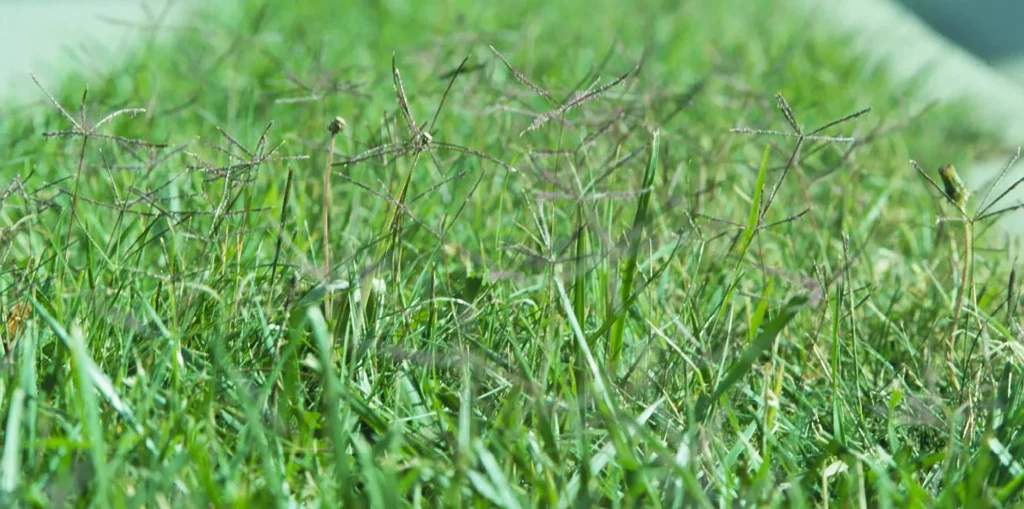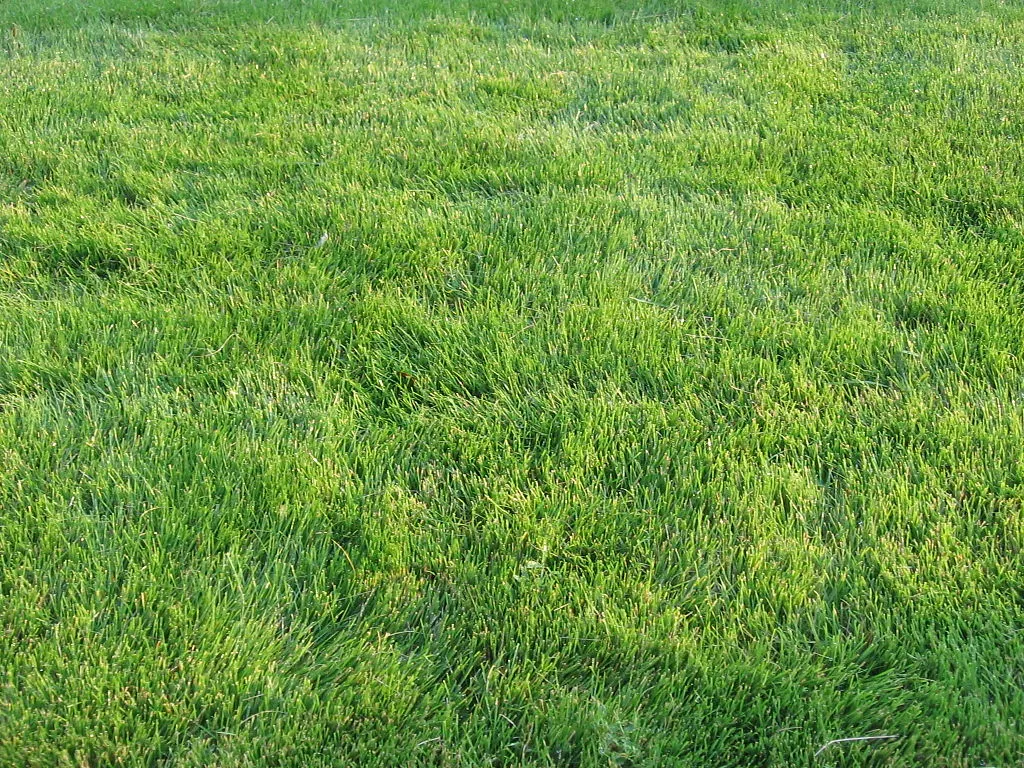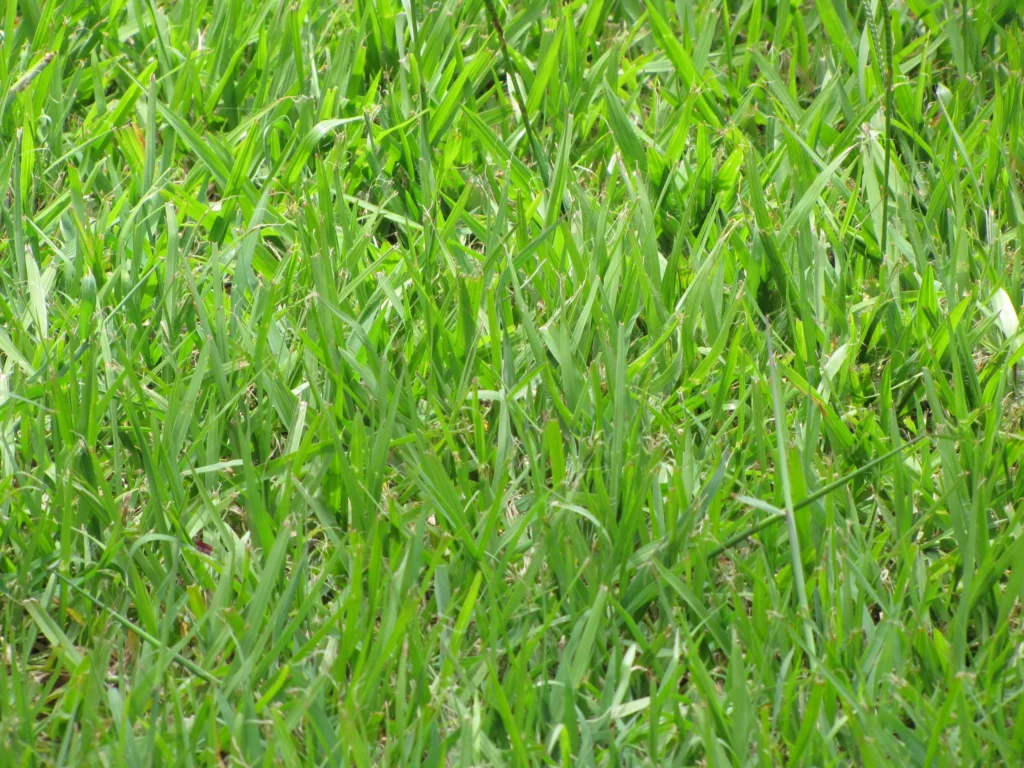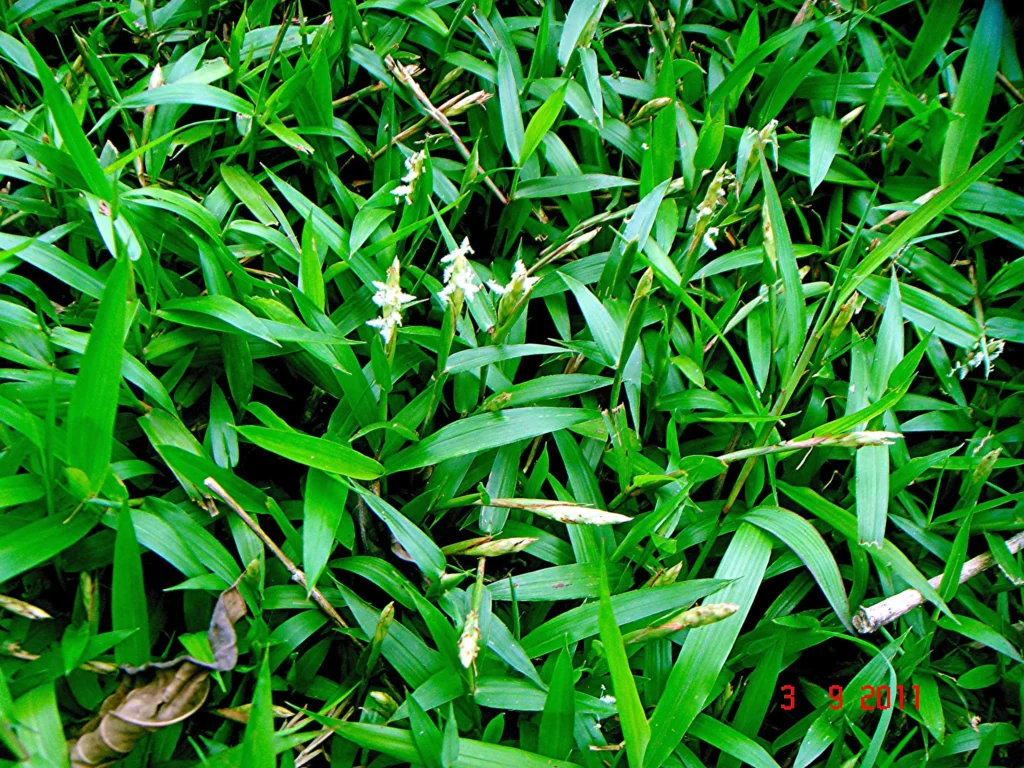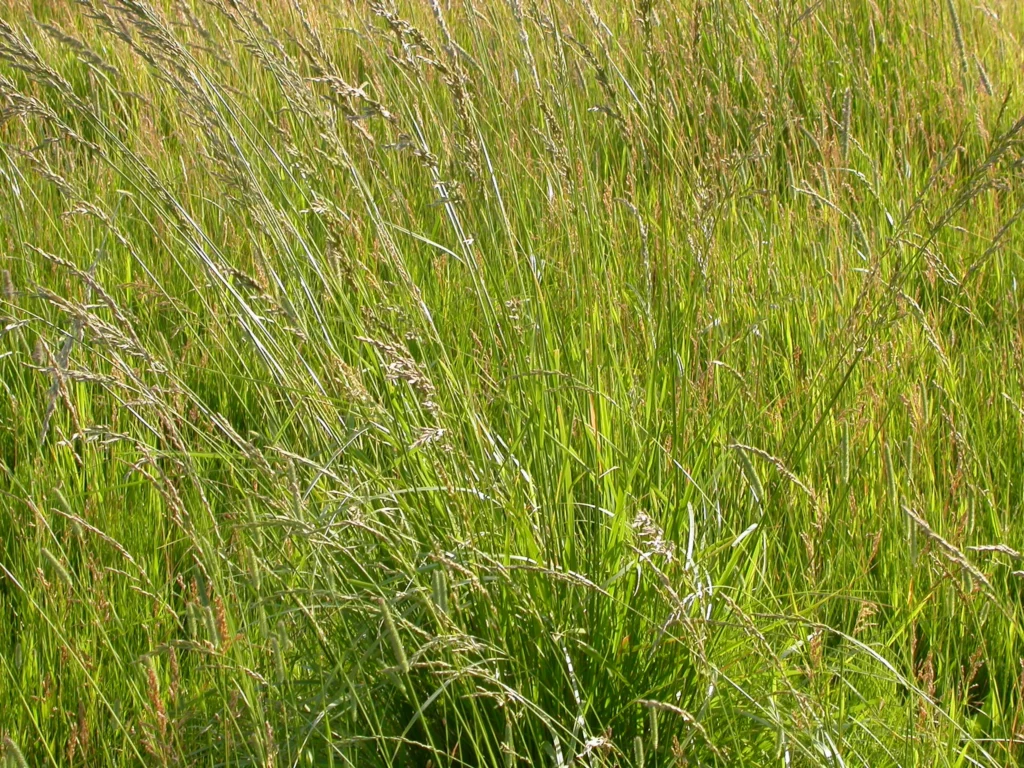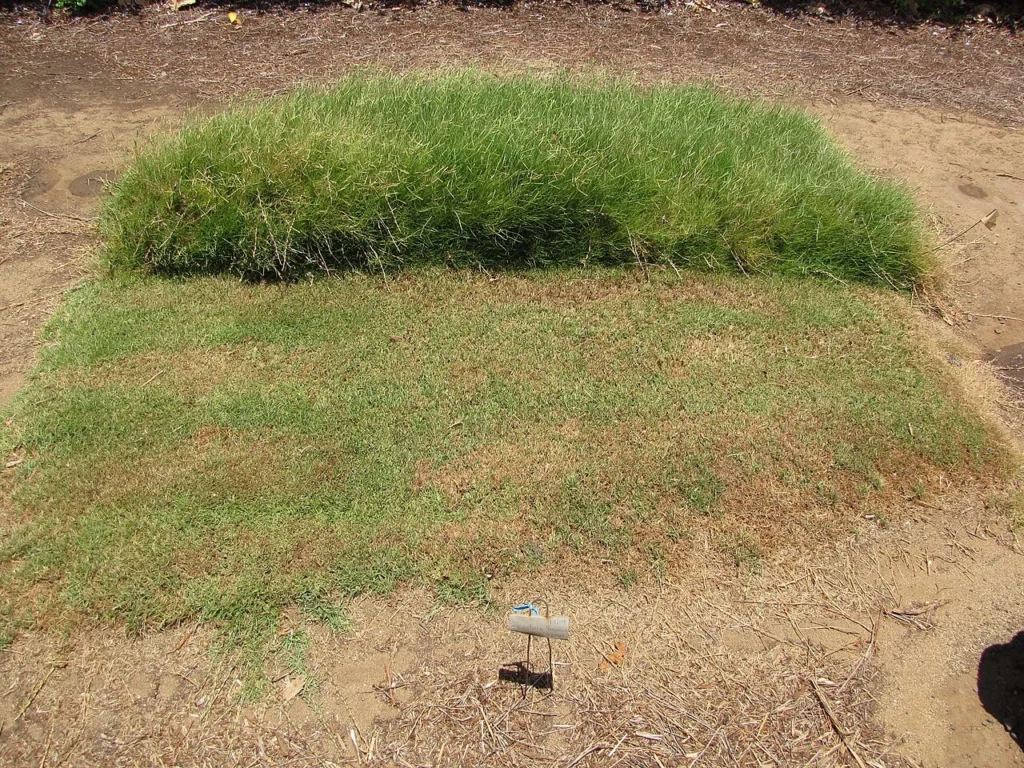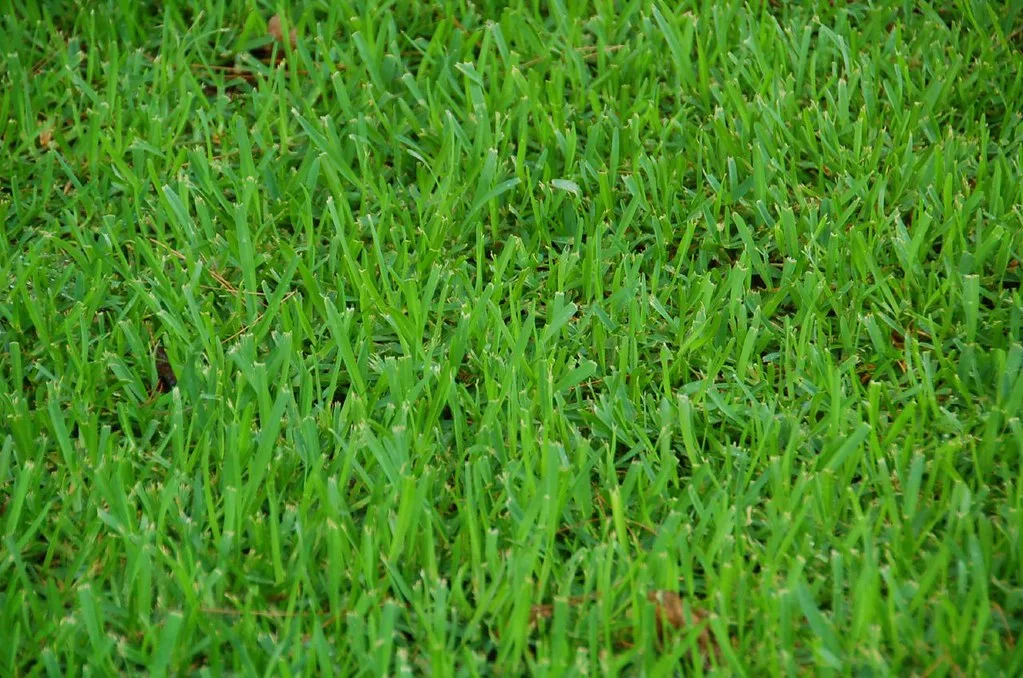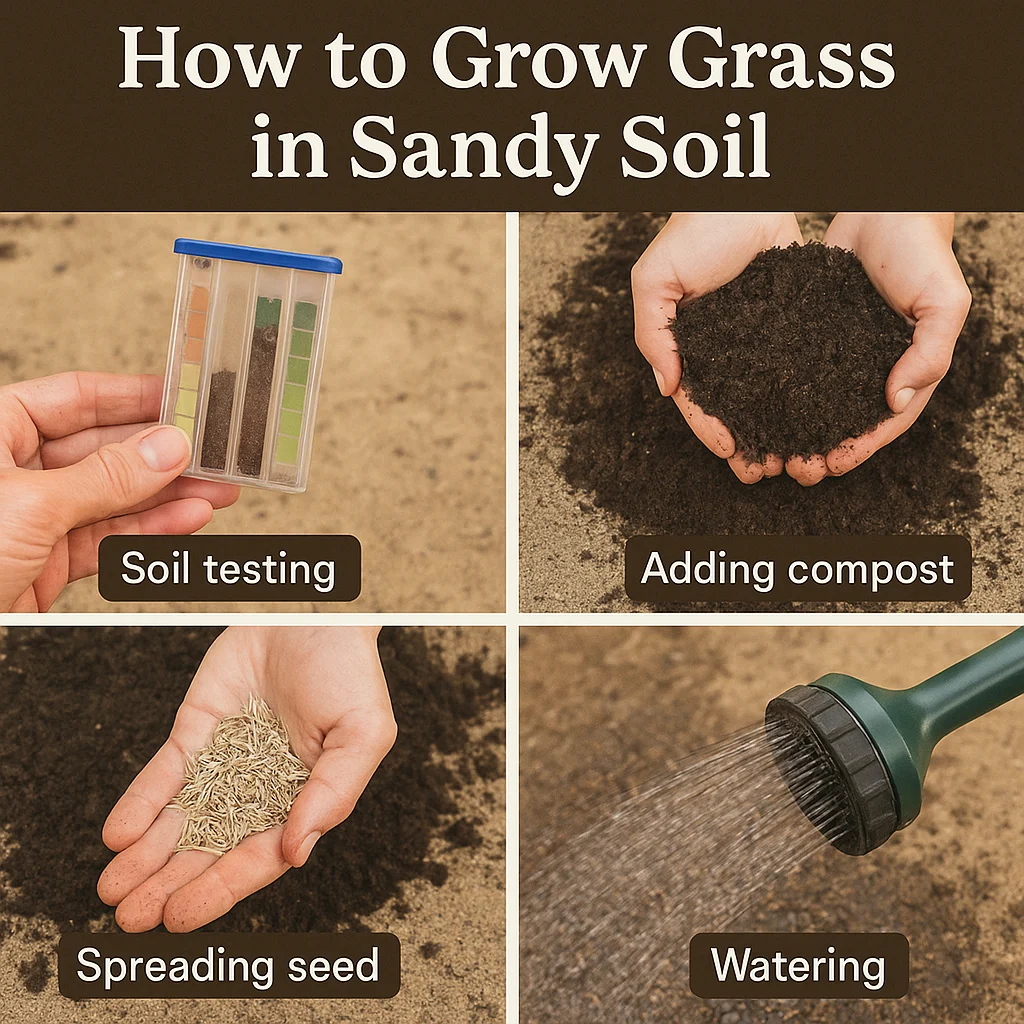Best Grass for Sandy Soil: 7 Tough Varieties That Thrive Where Others Struggle
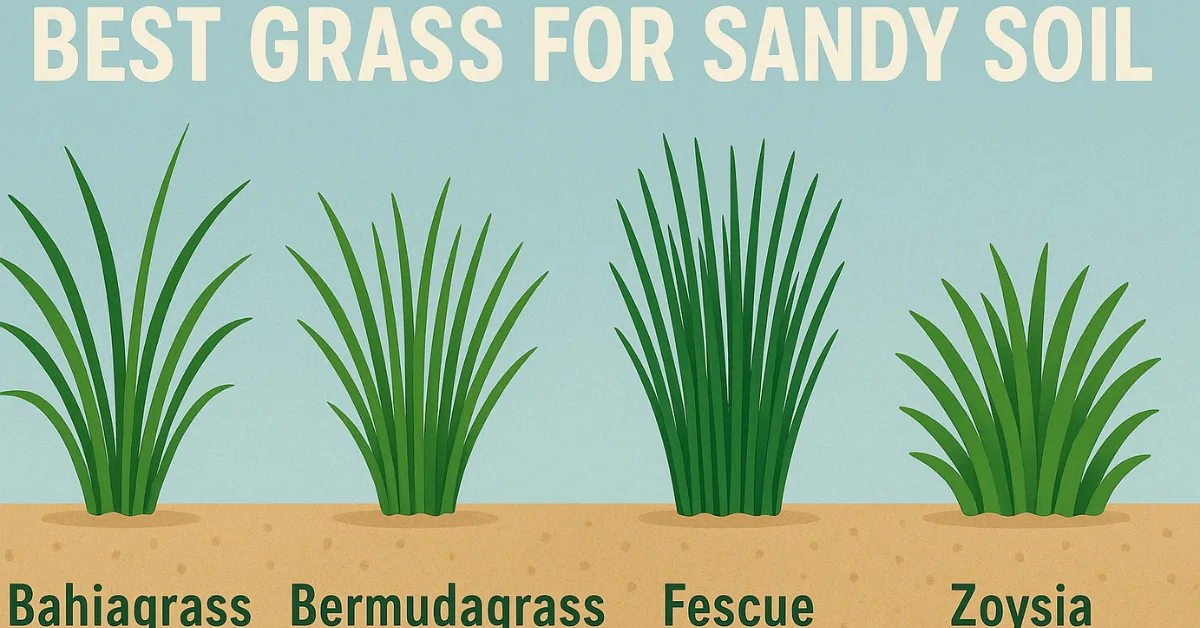
Quick Answer: Best Grass for Sandy Soil
The best grass for sandy soil includes Bermudagrass, Zoysiagrass, Centipedegrass, Bahiagrass, Tall Fescue, Seashore Paspalum, and Buffalograss. These varieties are drought-tolerant, develop deep roots, and thrive in fast-draining, nutrient-poor soils.
Learn how to prep sandy soil, seed properly, and maintain a healthy, green lawn even in dry conditions.
If you’re trying to grow a lush lawn and your soil feels more like beach sand than rich loam, you’re not alone. Sandy soil can be frustrating. It drains too quickly, doesn’t hold nutrients well, and just when you think your grass is getting established, it dries out again. That was me—staring down a patchy, stubborn lawn that refused to thrive no matter how much water or fertilizer I threw at it.
But over time, I learned that the problem wasn’t just the soil—it was that I was planting the wrong type of grass for the conditions. And once I figured out the best grass for sandy soil, everything changed.
This guide is for homeowners and gardeners facing the same struggle. Whether you’re in a coastal region, a dry climate, or just unlucky enough to be stuck with sandy subsoil, you’re going to find real, actionable advice here. I’ll walk you through exactly what types of grass work best, how to plant them, and how to help them thrive. And I’ll share a few lessons I’ve learned the hard way, so you don’t have to.
Table of Contents
Understanding Sandy Soil
Before we can talk about the best grass for sandy soil, we need to understand what we’re up against. Sandy soil is made up of larger particles that don’t compact easily. That means water drains fast—really fast—and nutrients don’t hang around for long either.
When you water your lawn, it might feel like you’re doing the right thing, but if the soil is mostly sand, much of that moisture slips right past the root zone. Add in a hot day, and suddenly you’re looking at stressed, brittle grass by sundown.
Sandy soil also tends to be more acidic and warms up quickly in spring, which can actually be an advantage if you’re planting early. But overall, it creates a tough environment for most grasses—unless you pick a type that’s built for it.
That’s why selecting a grass type that thrives in these conditions isn’t just a good idea—it’s essential.
Top Grass Types for Sandy Soil
When it comes to planting grass in sandy soil, it’s all about working with nature—not against it. You want to choose grass varieties that don’t just tolerate sand, but actually prefer it. Below are seven of the best choices, each with its own strengths depending on your climate, lifestyle, and lawn goals.
1. Bermudagrass
This one’s a sun-lover. Bermudagrass thrives in hot, dry climates and laughs in the face of drought. Its aggressive growth habit can be a blessing in sandy soil, quickly filling in bare patches and holding its own in the summer heat.
- Pros: Fast growth, drought-resistant, handles foot traffic well
- Cons: Needs full sun, goes dormant in cooler temps
- Best for: Southern lawns, coastal properties, and high-traffic areas
If you’re wondering what’s the best grass for sandy soil in a place like Florida or Texas, Bermudagrass would be at the top of the list.
2. Zoysiagrass
Zoysia is the middle ground between low-maintenance and pretty. It forms a dense, carpet-like lawn that’s soft underfoot and surprisingly drought-tolerant once established. While it starts a little slow, it more than makes up for it in resilience.
- Pros: Heat tolerant, slow-growing (less mowing), forms a thick mat
- Cons: Takes time to establish, doesn’t love deep shade
- Best for: Warm-to-temperate zones where water is scarce
Zoysiagrass is one of the best grass types for sandy soil when you’re after a thick, luxurious look that also saves water.
3. Bahiagrass
This is the “set it and forget it” grass. Bahiagrass is rugged, low-maintenance, and develops a deep root system that taps into water well below the surface—perfect for sandy soil lawns.
- Pros: Minimal watering, very low maintenance, tough
- Cons: Coarse blades, not the prettiest
- Best for: Utility lawns, rural areas, and wide open spaces
If your lawn’s more about function than show, Bahiagrass is a solid, dependable pick.
4. Centipedegrass
Centipedegrass is often called “lazy man’s grass” and for good reason—it needs little mowing, fertilizing, or fussing. It does particularly well in acidic, sandy soil and thrives in moderate sun.
- Pros: Very low maintenance, handles acidic soils, decent drought tolerance
- Cons: Can’t handle heavy traffic, prefers sun over shade
- Best for: Low-traffic lawns, Southern states, and beginners
In terms of ease and adaptability, this is one of the best grasses for sandy soil if you’re just getting started or prefer a no-fuss yard.
5. Tall Fescue
Looking for something that works in cooler zones? Tall Fescue is your friend. It grows upright with deep roots and handles sandy conditions better than most cool-season grasses.
- Pros: Cold-tolerant, adaptable, deep roots
- Cons: Needs more frequent watering in heat, not ideal for deep South
- Best for: Northern sandy lawns, transitional zones
It’s a great fit for homeowners dealing with sandy loam or light soil up north but still want a lush, green lawn without constant care.
6. Seashore Paspalum
If you live near the coast, you know how tricky salt and sandy soil can be. That’s where Seashore Paspalum shines. It’s salt-tolerant, loves sandy soil, and can even grow using reclaimed water.
- Pros: Salt and drought tolerant, soft blades, handles sand with ease
- Cons: Needs frequent mowing, not cold hardy
- Best for: Coastal homes, beachside lawns, and golf-course aesthetics
Few varieties earn the title of best grass for sandy soil like this one does in salt-spray environments.
7. Buffalograss
Native to the Great Plains, Buffalograss is tough-as-nails and incredibly water-wise. It thrives in full sun and poor soil—sand included.
- Pros: Very drought resistant, ultra-low maintenance
- Cons: Can look weedy if not cared for, struggles in shade
- Best for: Prairie-style lawns, eco-conscious growers
For those looking to cut back on irrigation or go native, Buffalograss is an excellent option for sandy soil lawns.
How to Grow Grass in Sandy Soil?
Once you’ve chosen the best grass for sandy soil based on your region and lifestyle, the next step is getting it to actually grow. Sandy soil isn’t as forgiving as loamy or clay soils, but with the right prep, your grass can thrive.
Here’s the exact method I follow every time I seed a new sandy patch in my yard:
1. Start with a Soil Test
It’s tempting to skip this part—but don’t. Sandy soils are often acidic and lacking in nutrients like nitrogen and potassium. A soil test will tell you exactly what you’re working with and what you need to add.
- You can use a home test kit or send samples to your local extension office.
- Aim for a pH between 6.0–7.0 depending on the grass type.
👉 Pro tip: Check out our Soil Calculator to help dial in amendments without overdoing it.
2. Amend the Soil
This is where the magic happens. To improve nutrient retention and moisture holding, work in organic matter like compost, well-rotted manure, or peat moss.
- Spread 1–2 inches of compost over the area.
- Mix it in to a depth of about 4–6 inches using a garden fork or tiller.
This step transforms plain sand into something grass roots can actually grab onto.
3. Choose the Right Seeding Method
Depending on the type of grass, you’ll either be seeding directly or laying sod. For most home lawns, direct seeding is affordable and effective.
- For fine seeds (like Bermudagrass), mix with sand for even distribution.
- For larger seeds (like Tall Fescue), broadcast them with a hand or rotary spreader.
Then, gently rake the surface to lightly cover the seeds—no more than ¼ inch deep.
4. Keep It Moist
Moisture is the #1 factor when planting grass in sand. Since sandy soil dries quickly, the seeds need constant light moisture—not puddles, just dampness.
- Water 2–3 times a day during germination.
- Once established, switch to deep watering 2–3 times per week.
5. Fertilize Strategically
Sandy soils don’t hang onto nutrients, so you’ll want to use slow-release fertilizers. Apply a starter fertilizer when seeding, then follow up monthly with balanced nutrition.
- Look for fertilizers with nitrogen (N), phosphorus (P), and potassium (K).
- Don’t overdo it—less is more when you’re learning how to grow grass in sandy soil.
6. Mulch or Cover Bare Areas
For added moisture retention and seed protection, lightly cover the seeded area with straw, hay, or a seed-starting blanket.
- Avoid piling mulch too thick—just enough to keep things from washing away.
- This also helps regulate temperature and deter birds from eating your seed.
7. First Mow & Ongoing Care
Once your grass reaches about 3 inches, it’s time for the first mow. Make sure your mower blade is sharp to avoid ripping tender seedlings.
- Mow no more than 1/3 of the grass blade at a time.
- Continue watering and fertilizing as your lawn matures.
After about 6–8 weeks, your grass should be well established and ready for regular lawn care.
✅ Following these steps is how I turned a dry, patchy lot into a green, thriving yard. Planting grass in sand takes more prep than most soils—but the results are absolutely worth it.
Maintenance Tips for Sandy Soil Lawns
You’ve put in the work. The seed is down, it’s sprouted, and it’s looking… decent. But here’s where a lot of people drop the ball: sandy soil lawns need ongoing care that’s just a little different than your average turf.
The good news? Once your grass is established, these steps are simple to keep up—and they’ll protect your lawn for the long haul.
Water Like a Pro
Because sand drains so quickly, light, frequent watering won’t cut it forever. Once your grass has grown in, you’ll want to switch to deep, infrequent watering to encourage deep root growth.
- Water early in the morning, 1–2 times per week.
- Aim for about 1 inch per week, depending on rainfall.
Tip: Use a tuna can in the yard while you water. Once it’s full, you’ve hit 1 inch.
Feed More Often—Just a Little
One of the quirks of maintaining the best grass for sandy soil is managing nutrients. Because this soil type leaches fertilizers quickly, your grass may need feeding more frequently than in richer soils.
- Apply a balanced, slow-release fertilizer every 6–8 weeks during the growing season.
- Consider adding micronutrients like iron or magnesium if grass appears pale or thin.
This is where organic options shine—they feed gradually and improve soil over time.
Keep Thatch Under Control
Grasses like Bermudagrass and Zoysiagrass can develop thick thatch layers in sandy lawns. A little thatch is fine, but too much chokes out airflow and traps moisture at the surface.
- Dethatch annually if the layer is over ½ inch thick.
- Aerate the lawn in early spring to relieve compaction and improve root growth.
Bonus: Aerating also helps compost and organic matter get deeper into the soil where it counts.
Mow Smart
A simple rule: never mow more than one-third of the grass blade in a single pass. Cutting too low stresses the plant—especially in sandy soil where water and nutrients are already on the edge.
- Keep blades sharp to avoid tearing.
- Let grass stay a little taller in summer to shade the roots and reduce water loss.
If you’re growing the best grass for sandy soil, treat it like it deserves: with consistent, low-stress maintenance.
Control Weeds Without Stressing Your Soil
Weeds love thin lawns and sandy spots. The trick is to build a thick, healthy turf that outcompetes the weeds naturally.
- Spot treat with selective herbicides if needed, but avoid overuse.
- Hand-pull persistent weeds like crabgrass or sedge early in the season.
- Overseed thin areas in early fall (or spring, depending on grass type) to stay ahead of bare spots.
With these regular habits, you’ll keep your sandy soil lawn looking its best, season after season. It’s less about perfection, and more about consistency—and knowing your soil’s quirks.
More Help for Your Lawn: Tools, Guides & Expert Tips
Growing the best grass for sandy soil is one part knowledge, one part hands-on trial—and a little math never hurts. That’s why I always recommend taking advantage of simple tools that take the guesswork out of lawn and garden care.
Whether you’re prepping your sandy yard for seeding or just trying to figure out how much compost to haul home, these free tools can make your life a lot easier:
👉 On Our Website
- Soil Fertilizer Calculator – Dial in your nutrient mix so you’re not over- or underfeeding your lawn.
- Soil Calculator – Know exactly how much soil you need before you start amending sandy areas.
- Soil pH Calculator – Sandy soil often runs acidic—this helps you fix that.
- Lawn Fertilizer Calculator – Match your fertilizer to your grass type and lawn size.
- Compost Calculator – Add the right amount of organic matter to boost water and nutrient retention.
- Grass Seed Calculator – Seed smarter, not harder—get the right amount based on your square footage.
- Sod Calculator – Laying sod on sand? This will help you order the exact amount you need.
These tools were built for folks like us, who want answers that are simple, practical, and grounded in real gardening.
🌱 Want to Go Deeper?
For those who love to geek out on plant science (guilty), check out this research-backed guide on plant stress and soil interaction from ScienceDirect. It’s a bit more technical, but a great deep dive into how soil composition affects root systems and plant resilience—especially in conditions like sandy soil.
Frequently Asked Questions – Best Grass for Sandy Soil
Which grass grows best in sandy soil?
The best grass for sandy soil includes Bermudagrass, Zoysiagrass, and Centipedegrass. These grasses grow deep roots, tolerate drought, and adapt well to quick-draining soil. Your local climate will help determine which one is best for your yard.
What is the best turf for sandy soil?
If you’re installing turf or sod, Zoysiagrass and Seashore Paspalum are two of the top choices. They create a dense, carpet-like lawn and do well in sandy conditions—especially near coastal areas or spots with salty air.
What is the best thing to plant in sandy soil?
Besides grass, sandy soil is great for drought-tolerant plants like lavender, rosemary, and sedum. If you’re sticking to turf, the best grass for sandy soil will depend on sunlight, use, and location—but grasses like Buffalograss and Bahiagrass are especially resilient.
What seed grows best in sandy soil?
Grass seeds like Bermudagrass, Tall Fescue, and Bahiagrass are known to germinate and establish well in sandy soil. Use a seed starter mix or add compost to improve moisture retention during the early stages.
Which crop is best in a sandy soil?
Root vegetables such as carrots, potatoes, and radishes thrive in sandy soil due to its loose structure. For lawns, though, your best bet is still selecting the right grass seed for sandy soil with deep roots and low water needs.
What is the best grass for beach houses?
Seashore Paspalum is hands-down one of the best grasses for sandy soil near beaches. It handles salty air, poor soil, and thrives with minimal maintenance—making it perfect for coastal homes and beach properties.

